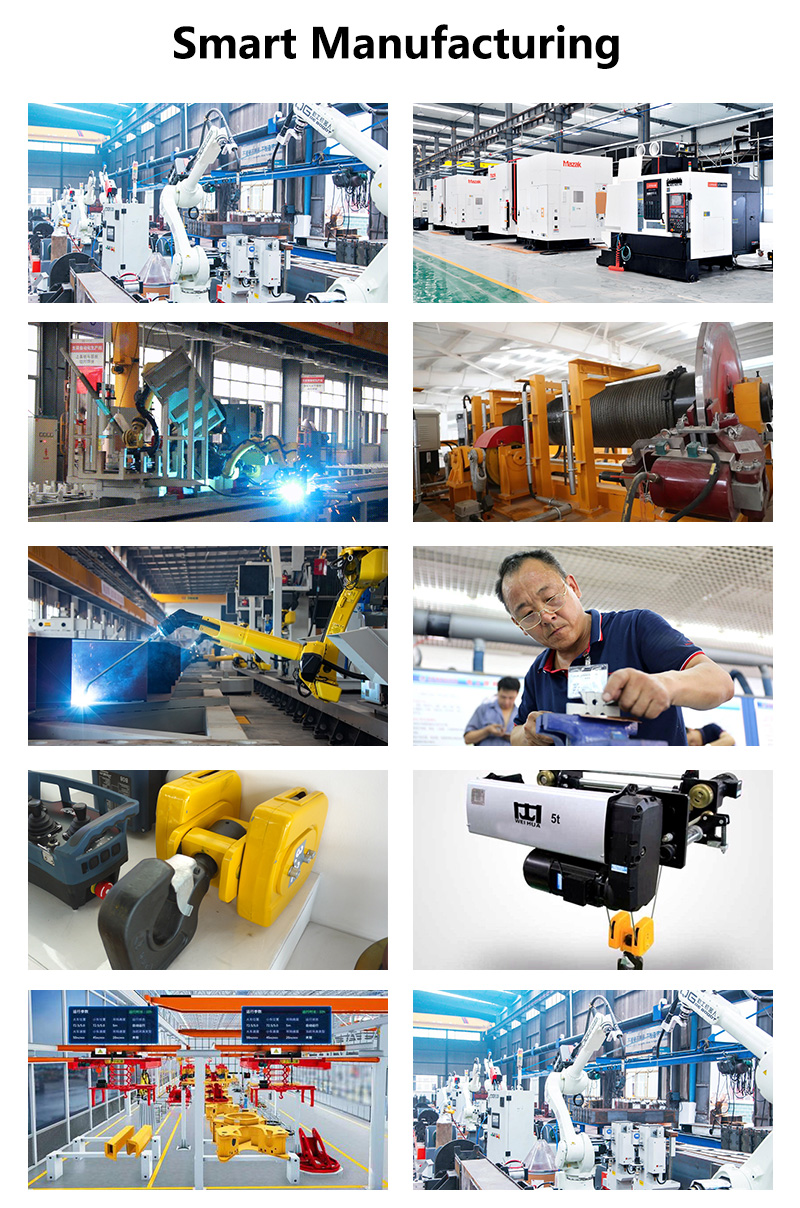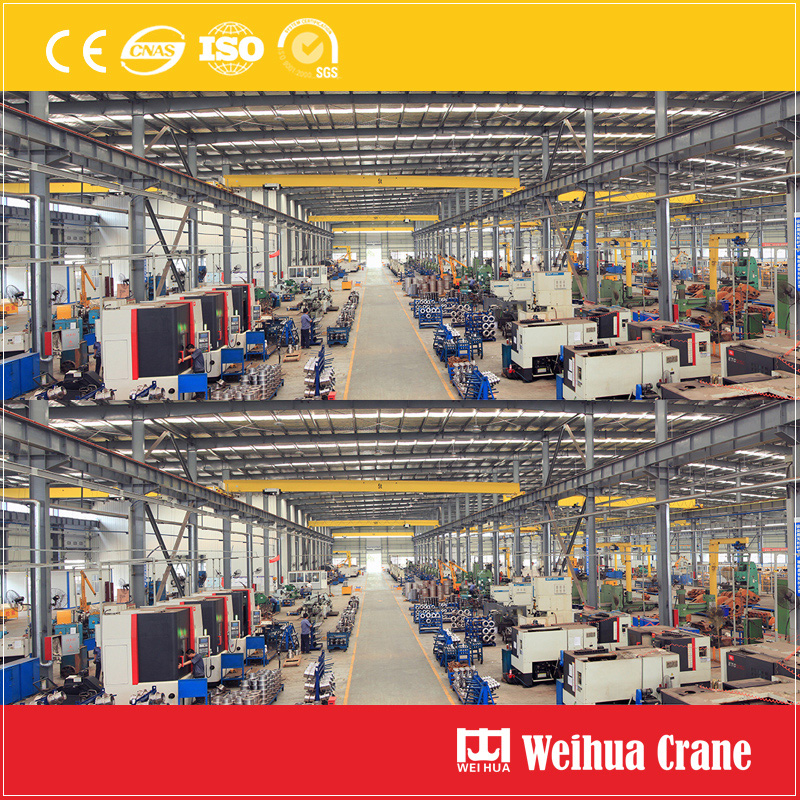Jako podstawowy element urządzeń dźwigowych, bezpieczeństwo haka dźwigu jest bezpośrednio związane z bezpieczeństwem pracowników i sprzętu. Według międzynarodowych standardów (ISO 4309) oraz chińskie „Przepisy bezpieczeństwa dotyczące maszyn dźwigowych” (GB/T 6067.1), cykl kontroli haka należy opracować kompleksowo w oparciu o częstotliwość użytkowania, intensywność obciążenia i warunki środowiskowe.

Codzienna kontrola (przed każdym użyciem lub każdą zmianą)
Szybka kontrola wzrokowa: Sprawdź powierzchnię haka pod kątem pęknięć, odkształcenie lub rdza.
Próba funkcjonalna: Upewnij się, że język zabezpieczający otwiera się i zamyka elastycznie, a łożysko obrotowe nie jest zablokowane.
Kontrola zużycia: zmierzyć stopień zużycia otworu haka (w przypadku przekroczenia wymaganej wymiany 10% oryginalnego rozmiaru).
Przegląd miesięczny (każdy 30 dni lub 200 godziny pracy)
Wykrywanie wad: Do sprawdzenia wewnętrznych pęknięć użyj cząstek magnetycznych lub fal ultradźwiękowych (centrum: haczykowate szyje, połączenia gwintowe).
Pomiar wymiarowy: otwór na końcówkę haka (ponad 15% trzeba złomować), skręt korpusu haka (≤10°).
Konserwacja smarowania: Dodaj smar wysokotemperaturowy (takie jak poziom NLGI 2) do łożysk i wałów obrotowych.
Coroczna kompleksowa kontrola (lub każdy 1,000 godziny)
Test obciążenia: 1.25 razy obciążenie znamionowe test obciążenia statycznego (brak odkształceń plastycznych 10 protokół).
Analiza materiału: Sprawdź na miejscu twardość korpusu haka (HRC 45-50 jest wykwalifikowany) i ocenić trwałość zmęczeniową.
Standardy zastępcze: Jeśli pęknięcia, stwierdzono nadmierne zużycie chwytacza lub uszkodzenie nici, natychmiast przestań go używać.

Scenariusze użycia:
Operacje o wysokiej częstotliwości (takie jak podnoszenie portu): cykl inspekcji ulega skróceniu o 20%-30%.
Surowe środowiska (wysoka temperatura, miejsca korozyjne): Zwiększ częstotliwość kontroli powłoki antykorozyjnej.
Typ obciążenia:
Podczas podnoszenia ostrych przedmiotów lub dynamicznych obciążeń udarowych, należy zwrócić szczególną uwagę na zużycie końcówki haka.
| Typ wady | Próg złomu |
| Pęknięcia powierzchniowe | Wszelkie widoczne pęknięcia (łącznie z obszarami nieobciążonymi) |
| Zużycie haka | 10% większy niż rozmiar oryginalny |
| Skręcenie korpusu haka | >10° |
| Uszkodzenie gwintu | Złamane zęby, klamry suwakowe lub efektowne nici <90% |
| Odkształcenie plastyczne | Nie można przywrócić stanu pierwotnego po odinstalowaniu |

Czyszczenie i zapobieganie rdzy:
Do usunięcia plam olejowych użyj rozpuszczalnika, oraz surowo zabrania się używania szczotki drucianej do gwałtownego usuwania rdzy.
Natryskiwać podkład bogaty w cynk + nawierzchniowa warstwa poliuretanowa (odporność na mgłę solną ≥500 godzin).
Zarządzanie smarowaniem:
Części łożysk należy smarować co 3 miesiące, using wide-temperature grease of -40℃~150℃.
Record archive:
Establish digital files (photos, inspection reports) and save them for 3 years after the Haczyk dźwigu is scrapped.
Sprawa: A steel plant failed to detect cracks in the hook neck in time, causing the hook to break and 20 tons of steel billet to fall.
Reason: Most cracks originate from the root of the thread, so a 20x magnifying glass is required for focused inspection; Overloading will accelerate fatigue fracture, so an electronic limiter needs to be installed.


Q: What are the reasons and solutions for the inflexible rotation of the crane hook?
A: Reason: Dust enters the bearing or insufficient lubrication.
Treatment: Disassemble and clean, replace the sealing ring, and re-grease.
Q: Safety tongue cannot be locked
A: Cause: Spring failure or tongue deformation.
Treatment: Replace the spring assembly (welding repair is prohibited).
Utrzymanie haki dźwigowe odeszło od tradycyjnej „kontroli wzrokowej”. + doświadczenia” do nowego etapu „opartego na danych”. + konserwacja predykcyjna”. Przedsiębiorstwa muszą łączyć zaawansowaną technologię wykrywania, inteligentne zarządzanie i materiałoznawstwo w oparciu o własne warunki pracy, aby zbudować barierę bezpieczeństwa w całym cyklu życia.
Cenimy twoją opinię! Wypełnij poniższy formularz, abyśmy mogli dostosować nasze usługi do twoich konkretnych potrzeb.


Kliknij przycisk, aby uzyskać informacje o produkcie i cytaty na WhatsApp.
Zdobądź wycenę
Najnowsze komentarze